Introduction to Mexican Music
| Contents |
| Lesson Introduction | 1 |
| Mariachi Music | 2 |
| Conjunto Huasteco Music | 3 |
| Conjunto Jarocho Music | 4 |
| Conjunto Norteño Music | 5 |
| Banda Music | 6 |
| Marimba Band | 7 |
| Trío Romántico | 8 |
| Duranguense | 9 |
| About the Educator | 10 |
| 1 |
Lesson Introduction
Introduction to Mexican Music
Designed by Ramon Rivera, Mariachi Director, Wenatchee High School
Lesson Description
This lesson will expose students to the regional styles of Mexican music including instruments, uniform and where the music comes from.
Learning Objectives
Students will be able to answer the following questions:
- What instruments are traditionally used in each Mexican music ensemble?
- What are the different types of Mexican music?
- What region of Mexico does the specific music come from?
- Computer
- Projector
- Sound system
- Access to the PULSE site
- Pen and paper
GLE 4.1. Understand how arts knowledge and skills are used in the world of work, including careers in the arts
MU:Re7.2.6b Identify the context of music from a variety of genres, cultures, and historical periods.
Download the full lesson plan outline here
| 2 |
Mariachi Music
Mariachi music is traditional folk music from Mexico that includes five different instruments. Mariachi music was born in the state of Jalisco, Mexico.
Mariachi Instruments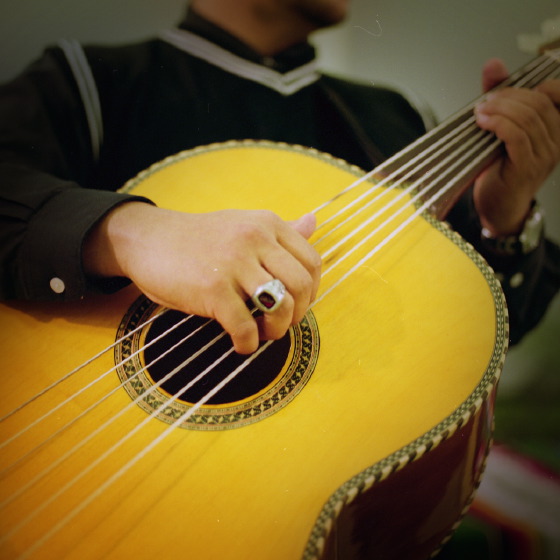 |
The guitarron is the bass of the mariachi and is the most important part of the mariachi. This six string bass guitar is played with two strings at the same time. The guitarrón strings are A, D, G, C, E, and A. |
 |
The vihuela is a creation of the Coca Indian of Southwestern Jalisco in Mexico. The vihuela is a five string guitar with a hump back. The vihuela is part of the armonia section of the mariachi. The vihuela strings are A, D, G, B, and E. |
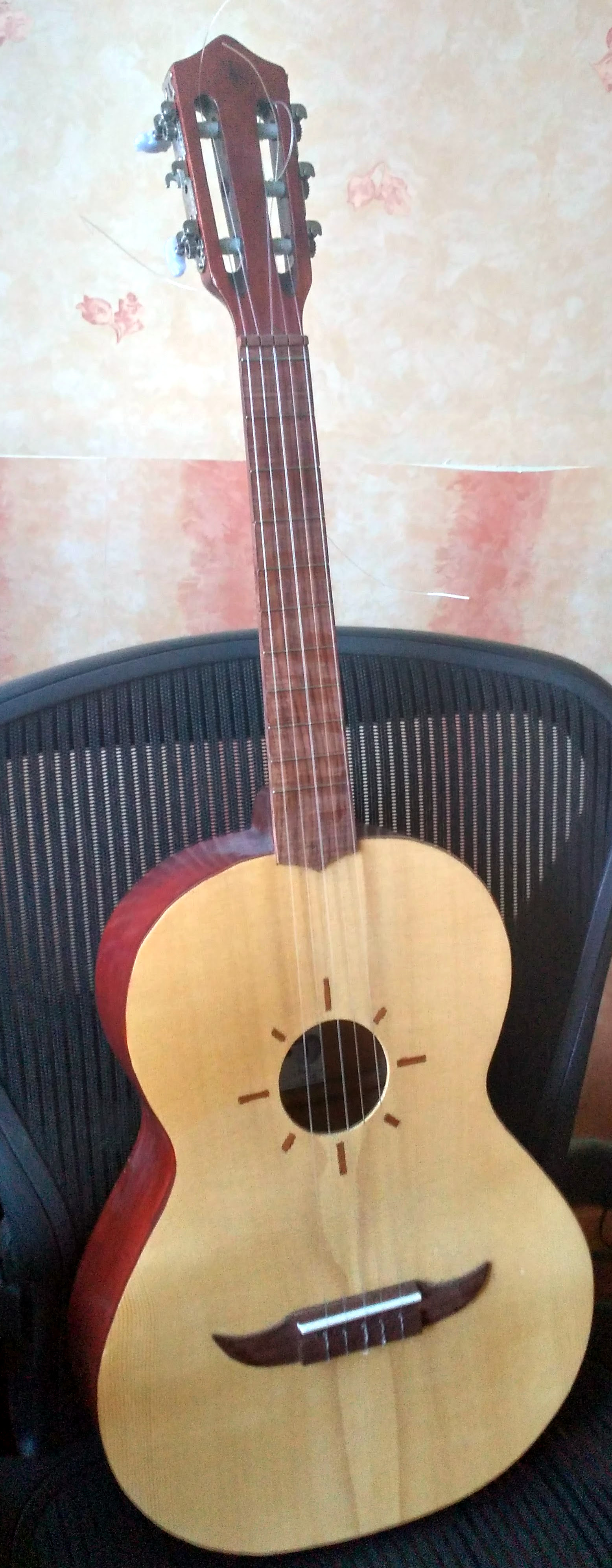 |
The guitarra de golpe is part of the armonia section. It is a fretted instrument like the vihuela and has five strings. The guitarra de golpe strings are: D, G, B, E, and A. |
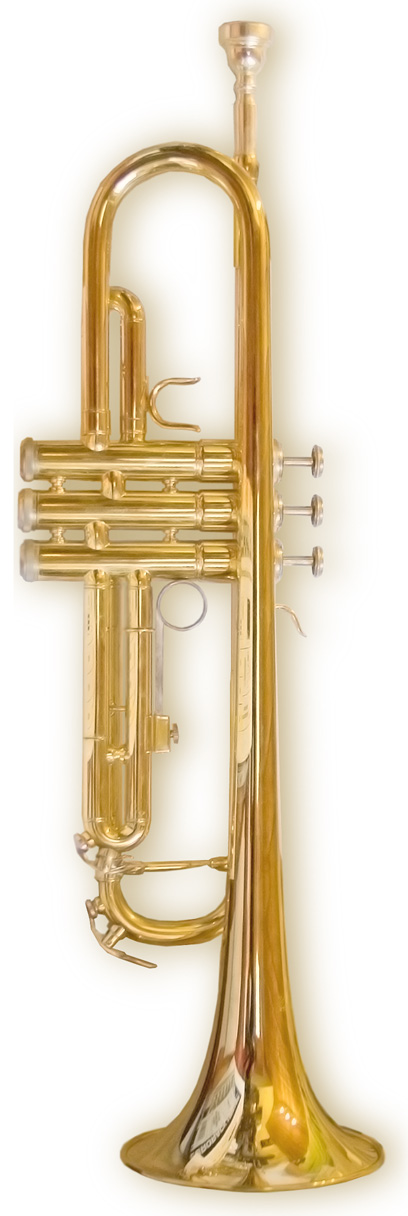 |
The trumpet is a standard instrument used in the mariachi. A mariachi has one to two trumpets in the band. The trumpets and violins play the melody of the mariachi songs. |
 |
The violin is a four stringed instrument tuned in perfect fifths and is played with a bow. The violins and trumpets play the melody in a mariachi song. The strings on a violin are G, D,A , and E. |
 |
The guitar is a six stringed instrument and is part of the armonia family in the mariachi. It plays the rhythms of the mariachi in different patterns. Strings on a guitar are: E, A, D, G, B, and E. |
- Mariachi Uniform – Traje de Charro
- Jacket – Chaqueta
- Sombrero – Hat
- Neck Bow – Moño
- Pants – Pantalones
- Boots – Botines de Charro
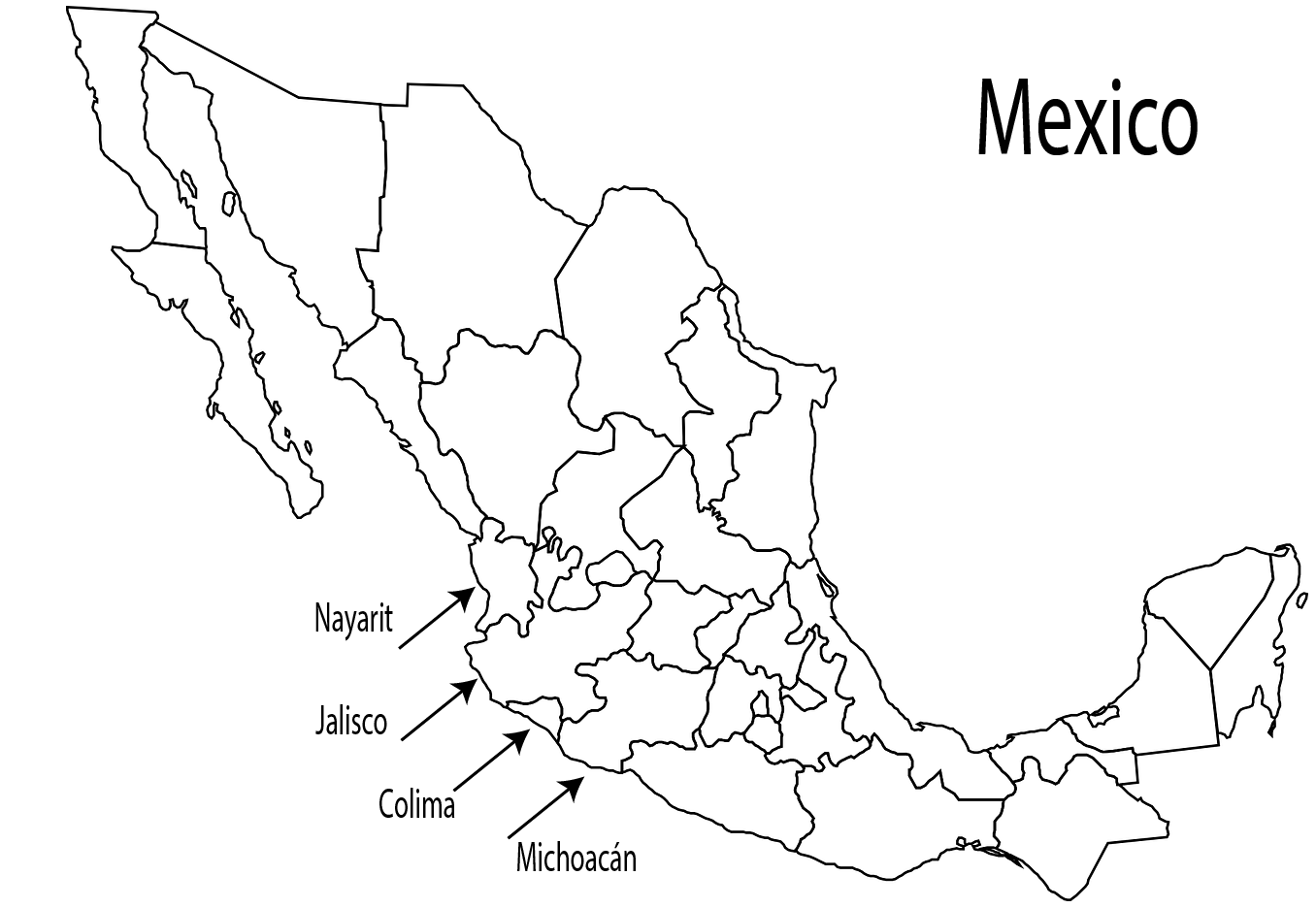
Mariachi music is native to the region of western states of Mexico that include Jalisco, Nayarit, Michoacán, and Colima.
World Famous Mariachi Groups
- Mariachi Vargas
- Mariachi Sol de Mexico
- Mariachi Los Comperos
- Mariachi Reyna de Los Angeles
- Mariachi Divas
Mariachi Music Review
- Mariachi instruments: guitar, vihuela, guitarron, trumpet, violin and guitarra del golpe
- Mariachi Uniform or Traje de Charro: sombrero, botas, moño, pantalones, chaleco, chaqueta
- Famous Mariachis: Mariachi Vargas, Mariachi Sol de Mexico, Mariachi Divas, Mariachi Los Comperos, Mariachi Reyna de Los Angeles.
- Mariachi Music: originates from Jalsico, Mexico
| 3 |
Conjunto Huasteco Music
The Conjunto Huasteco is a traditional Mexican ensemble usually made up of the violin, huapanguera guitar and jarana huasteca.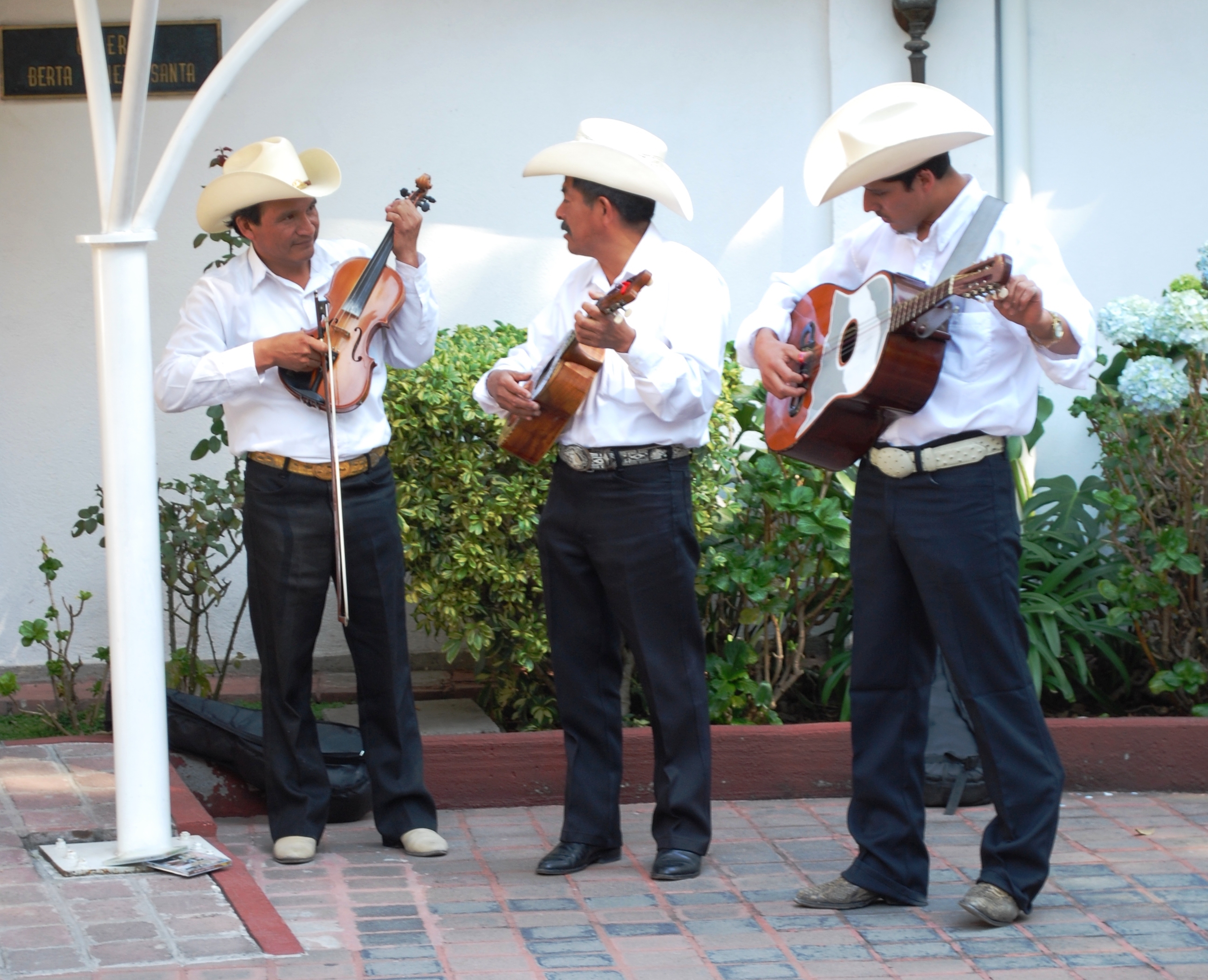
 |
The guitarron is the bass of the mariachi and is the most important part of the mariachi. This six string bass guitar is played with two strings at the same time. The guitarrón strings are A, D, G, C, E, and A. |
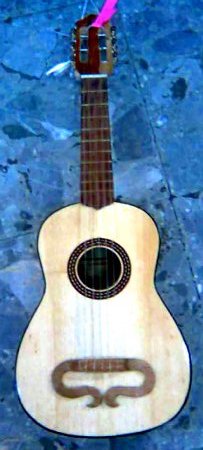 |
The jarana huasteca is a guitar-like chordophone with 5 strings. It is smaller than the guitarra huapanguera and usually forms part of the trío huasteco ensemble taking on the role of the rhythmical accompaniment to the ensemble. This type of guitar is tuned in thirds. It is higher in pitch than the guitarra huapanguera. The notes are G, B, D, F# and A. |
 |
The violin is a four stringed instrument tuned in perfect fifths and is played with a bow. The violins and trumpets play the melody in a mariachi song. The strings on a violin are G, D,A , and E. |
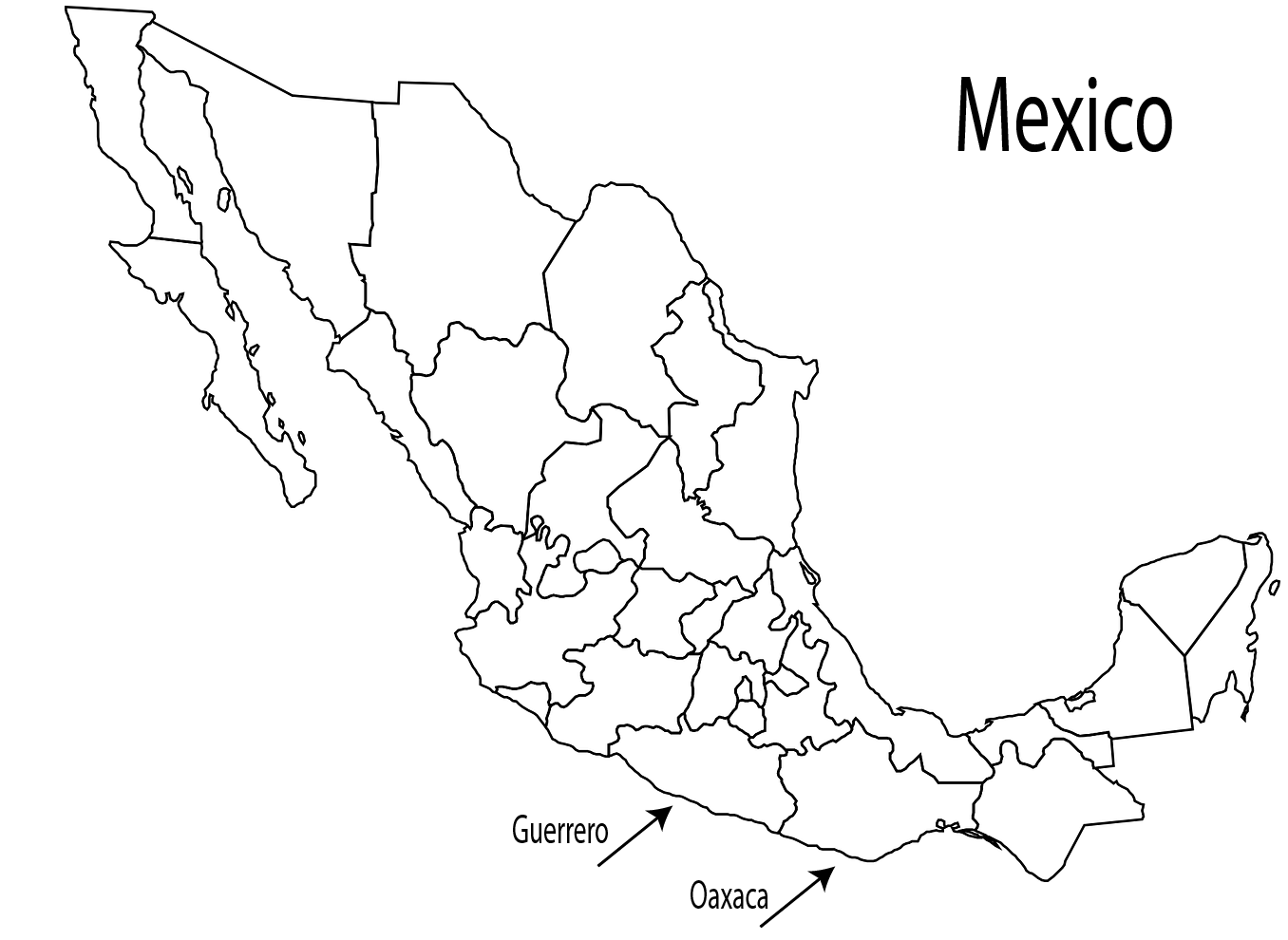
Conjunto Huasteco music is native to the region of southwestern states of Mexico that include Guerrero and Oaxaca.
Famous Conjunto Huasteco Groups
- Huapango
- Lucha Villa
| 4 |
Conjunto Jarocho Music
Conjunto or Son Jarocho is a regional folk musical style of Mexican Son from Veracruz, a Mexican state along the Gulf of Mexico. It evolved over the last two and a half centuries along the coastal portions of southern Tamaulipas state and Veracruz state, hence the term jarocho, a colloquial term for people or things from the port city of Veracruz.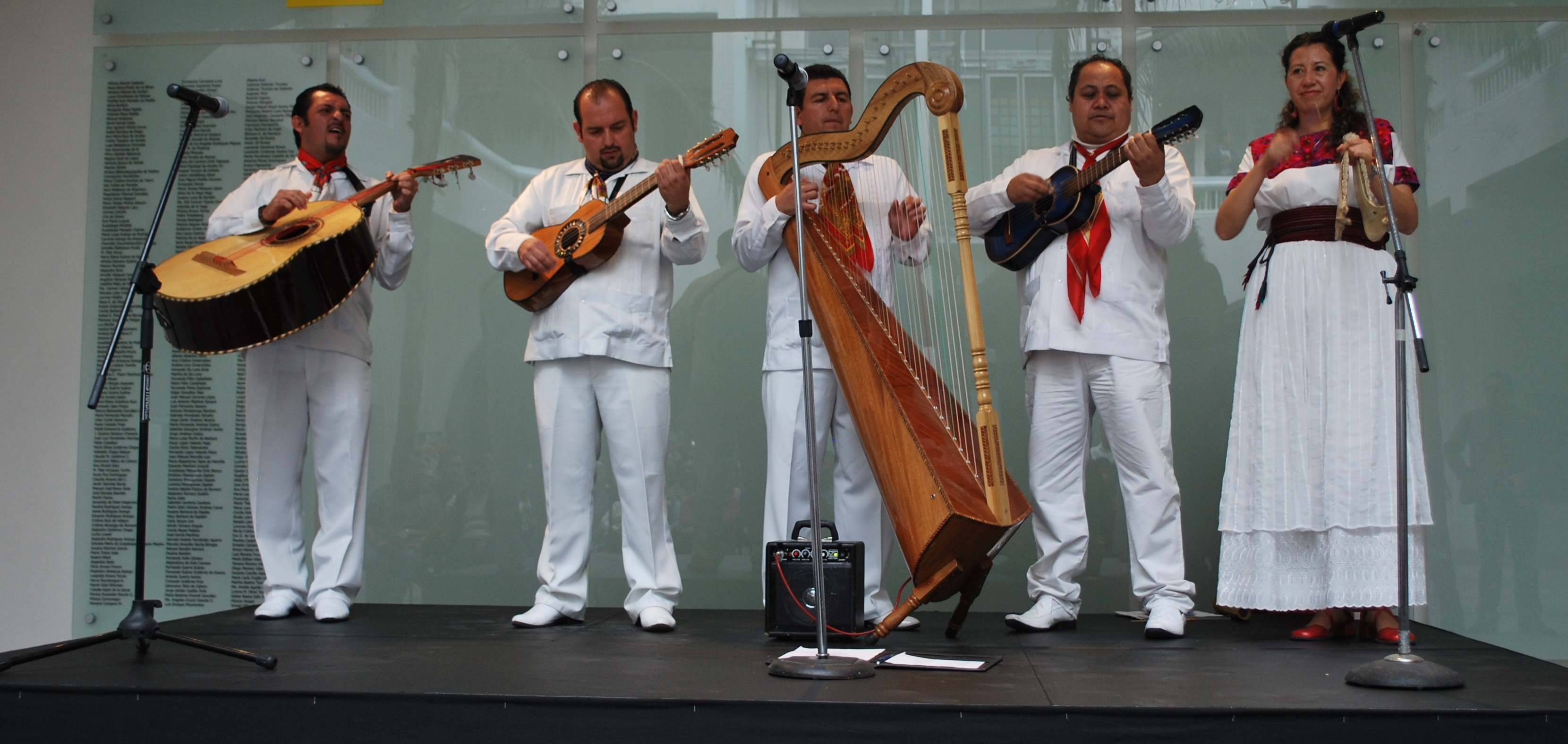
Conjunto Jarocho Instruments
 |
The requinto guitar has six nylon strings and is about 18% smaller than a standard guitar scale. |
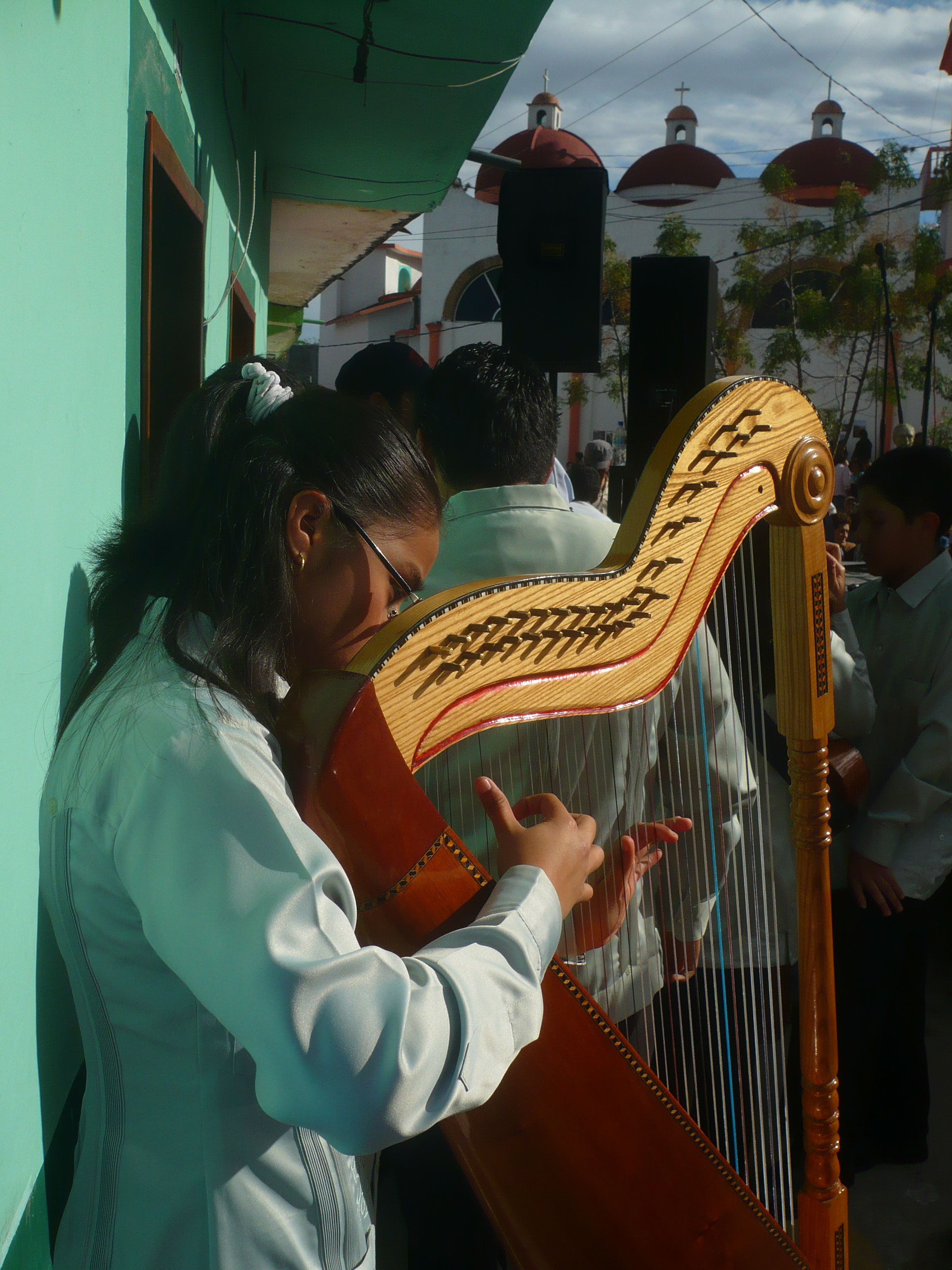 |
The arpa jarocha is a large wooden harp that is normally played while standing. It has a wooden frame, a resonator, a flat soundboard, 32-36 nylon strings (originally, gut strings), and does not have pedals. This harp is tuned diatonically over five octaves. |
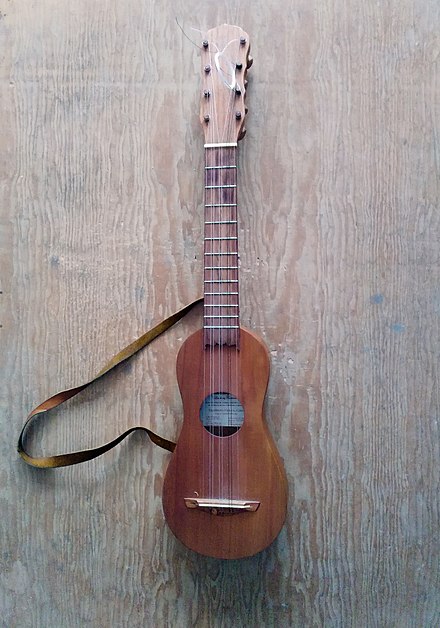 |
The jarana jarocha is a guitar-shaped fretted stringed instrument from the southern region of the state of Veracruz, Mexico. Typically strung with 8 strings in 5 courses, usually arranged in two single outer strings with three double-courses in between. The body is somewhat narrower than a guitar because of its direct lineage from the Spanish baroque guitar of the sixteenth century. |
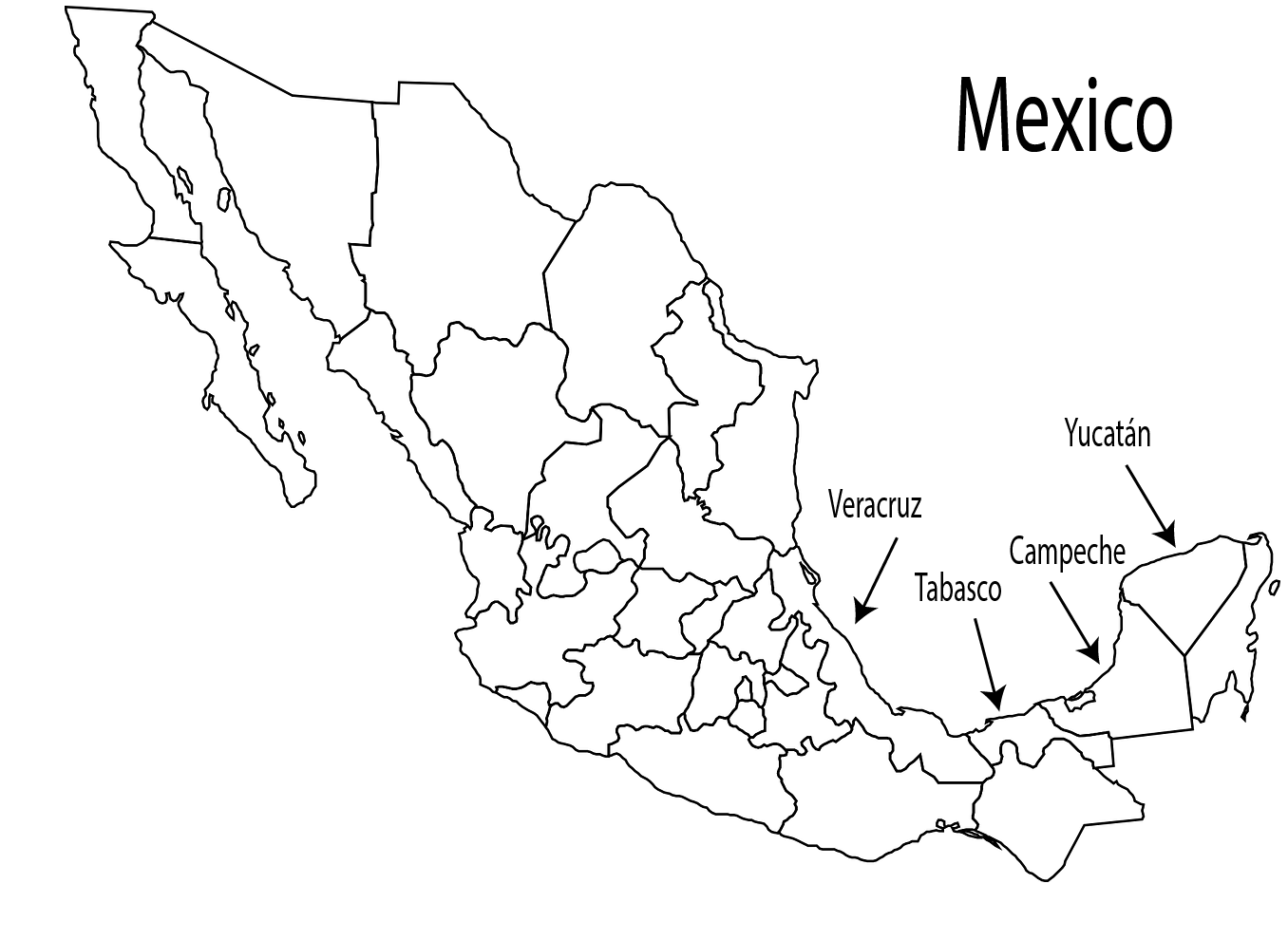
Conjunto Jarocho music is native to the region of Mexico that include Veracruz, Tabasco, Yucatan, and Campeche. Since this is a region with a strong African cultural influence the Jarocho has African singing characteristics such as short choral responses to a lead singer, slurring or bending of the notes in characteristic intervals in the scale, and a sarcastic, irreverent attitude developed among a people who asserted themselves despite being outside the framework of the Indian and Spanish societies. Indian influence is evidenced in the frequent use of animals given human characteristics (the iguana, the parrot, the bull, the hawk, the dove), marked/staccato eighth-note rhythm repetitions, and some aspects of the singing style.
Famous Conjunto Jarocho Groups
- Conjunto Hueyapan
- Richie Valens
| 5 |
Conjunto Norteño Music
Conjunto Norteño is a genre of Mexican music related to polka and corridos. As its names indicates, Norteño is the typical music of Northern Mexico.
Conjunto Norteño Instruments
 |
Accordians are a family of box-shaped musical instruments of the bellows-driven free-reed aerophone type, colloquially referred to as a squeezebox. A person who plays the accordion is called an accordionist. The instrument is played by compressing or expanding the bellows while pressing buttons or keys, causing pallets to open, which allow air to flow across strips of brass or steel, called reeds. These vibrate to produce sound inside the body. |
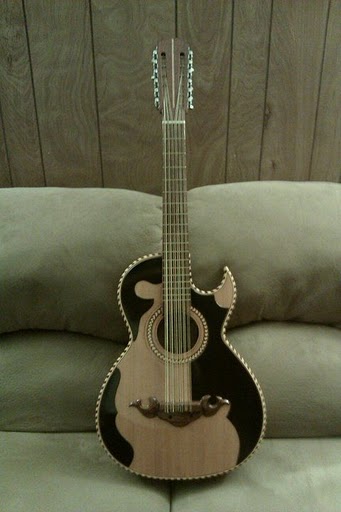 |
The bajo sexto is a Mexican string instrument with 12 strings in 6 double courses. In playing, the left hand holds the strings against frets on a fingerboard, while the right hand plucks the strings. When played in older styles of music where the instrument assumes the role of a bass, the strings are usually plucked with the fingers. In modern chordal and melodic styles, a pick is frequently used. |
 |
The guitar is a six stringed instrument and is part of the armonia family in the mariachi. It plays the rhythms of the mariachi in different patterns. Strings on a guitar are: E, A, D, G, B, and E. |
Where is Conjunto Norteño music from?
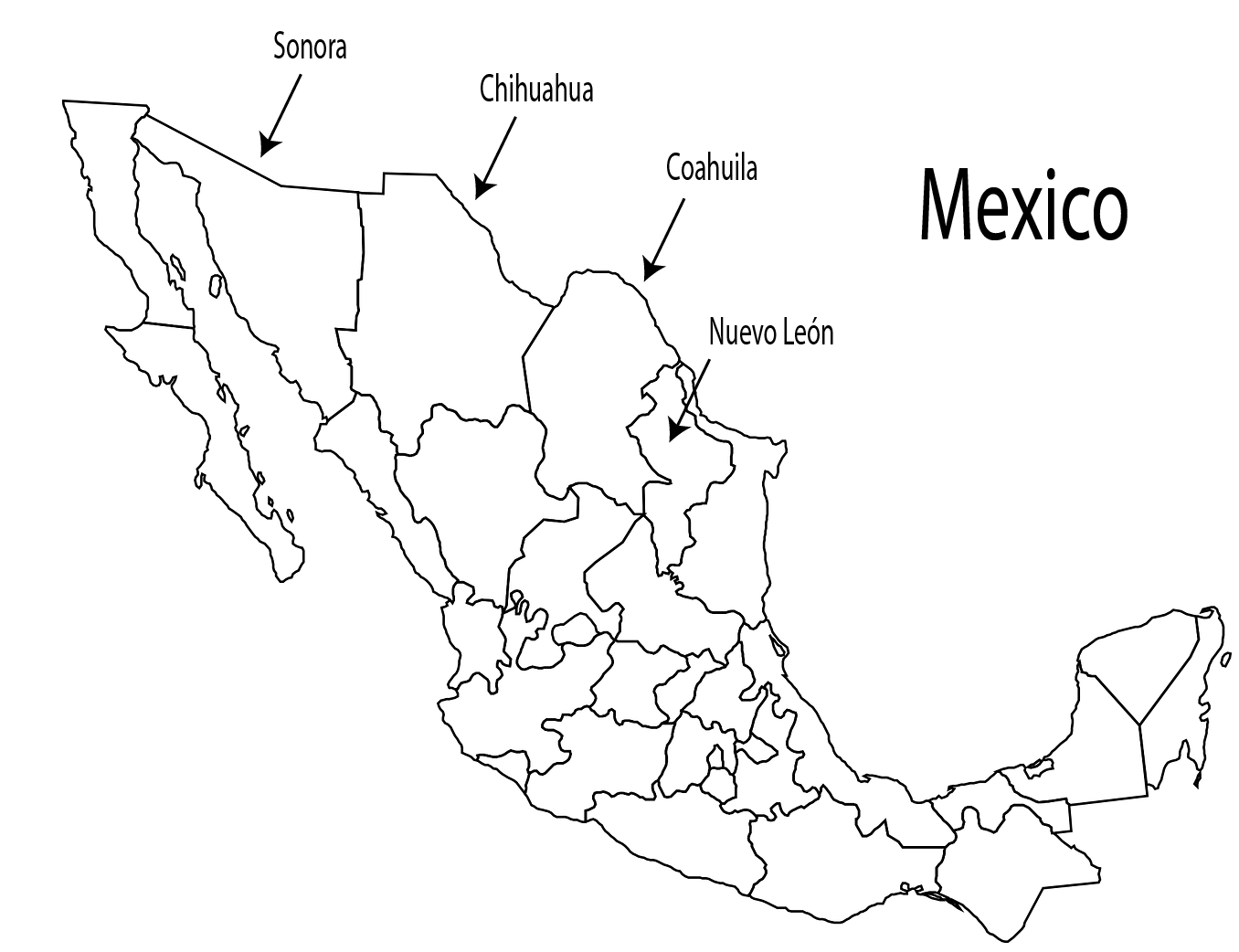
Conjunto Norteño music is native to the Mexican states of Sonora, Chihuahua, Coahula and Nuevo Leon. Norteño music developed from a blending of Mexican and Spanish oral and musical traditions, military brass band instrumentation, and Germanic musical styles such as polka and waltz. European immigrants to northern Mexico and the southwestern United States also brought dance traditions such as the varsovienne. The focus on the accordion in the music of their home countries was integrated into Mexican music, and the instrument is essential in the genre today. It was called norteño because it was most popular in the northern regions of Mexico.
Famous Conjunto Norteño Groups
- Los Tigres Del Norte
- Conjunto Primavera
| 6 |
Banda Music
Banda is a term to designate a style of Mexican music and the musical ensemble in which wind instruments, mostly of brass, and percussion, are performed.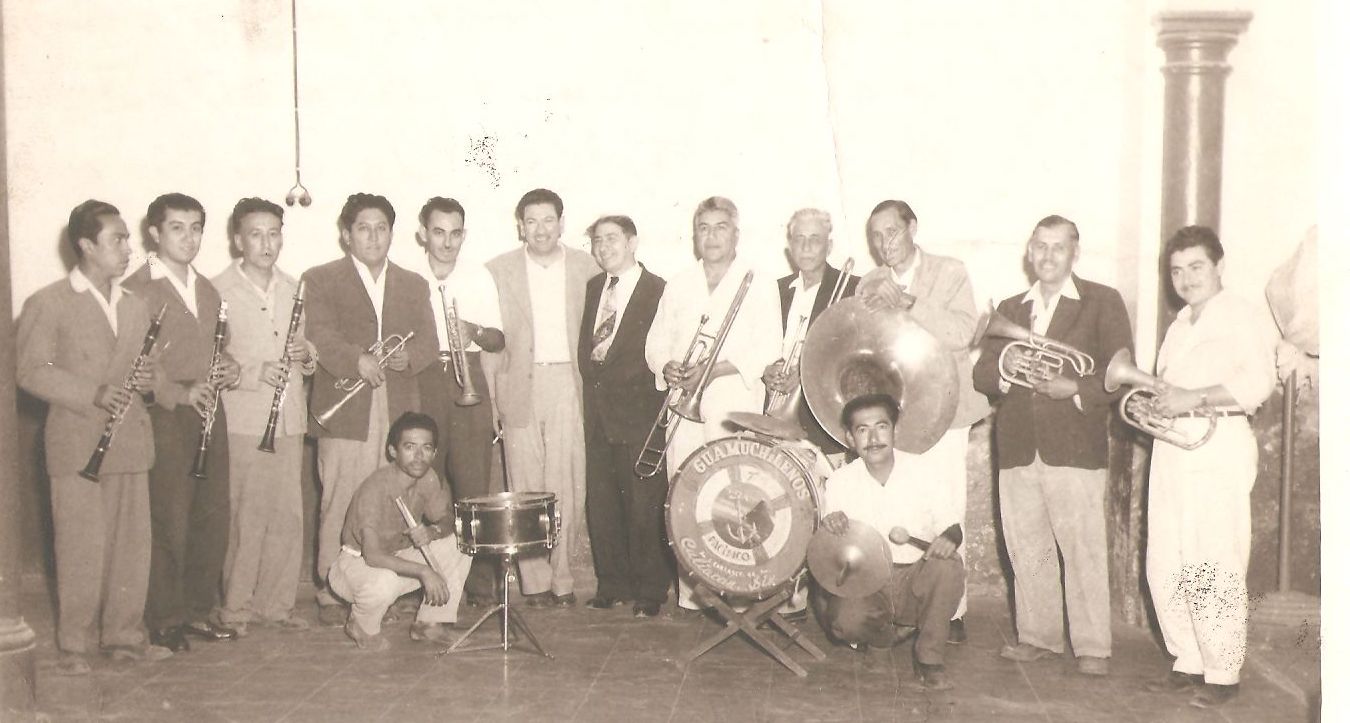
Banda Instruments
This group features 3 Trumpets, 4 clarinets, 3 valve trombones, 2 Eb alto horns, and 1 sousaphone.
 |
The trumpet is a standard instrument used in the mariachi. A mariachi has one to two trumpets in the band. The trumpets and violins play the melody of the mariachi songs. |
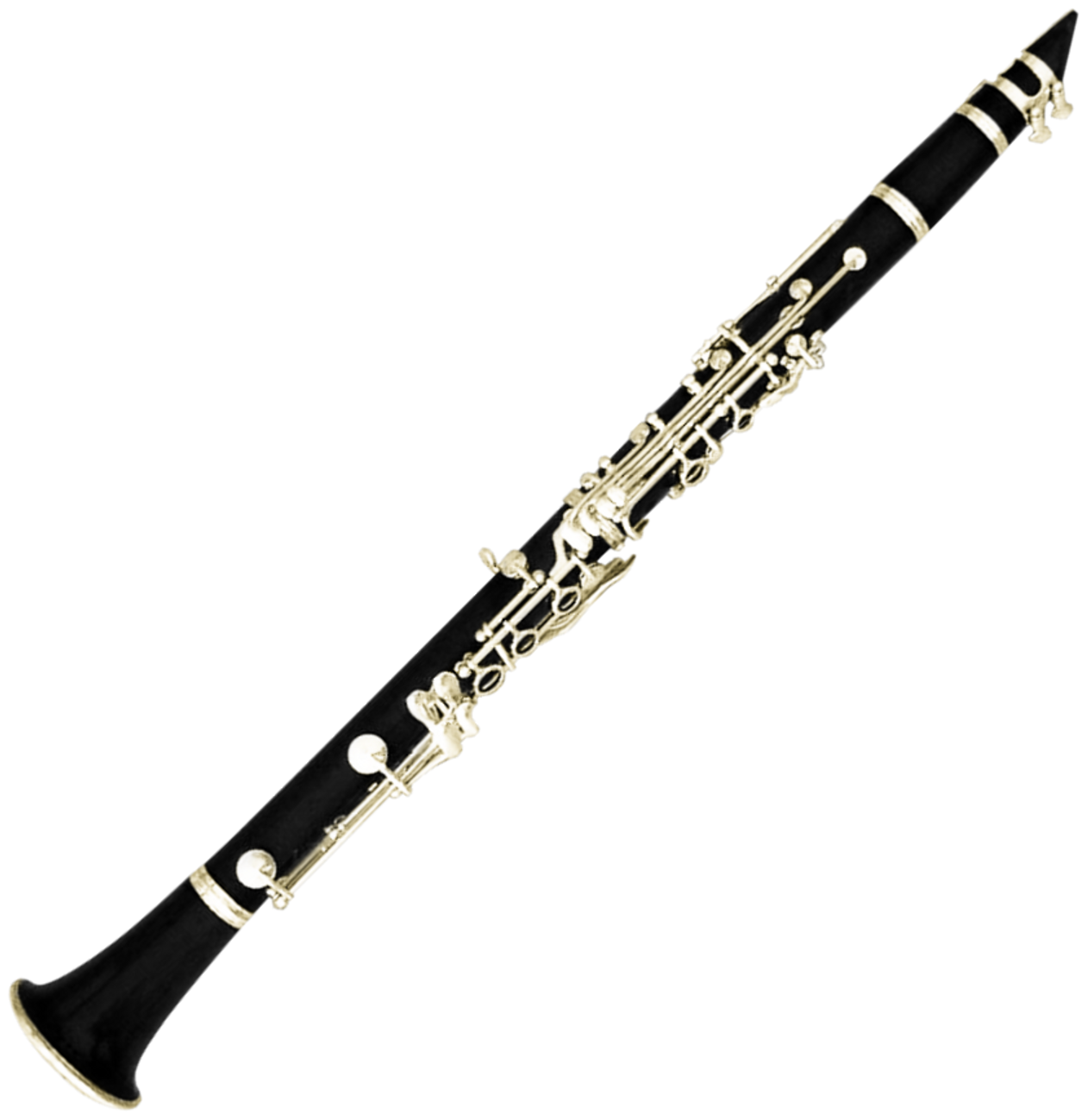 |
The clarinet is a musical instrument family belonging to the group known as the woodwind instruments. It has a single-reed mouthpiece, a straight cylindrical tube, cylindrical bore, and a flared bell. |
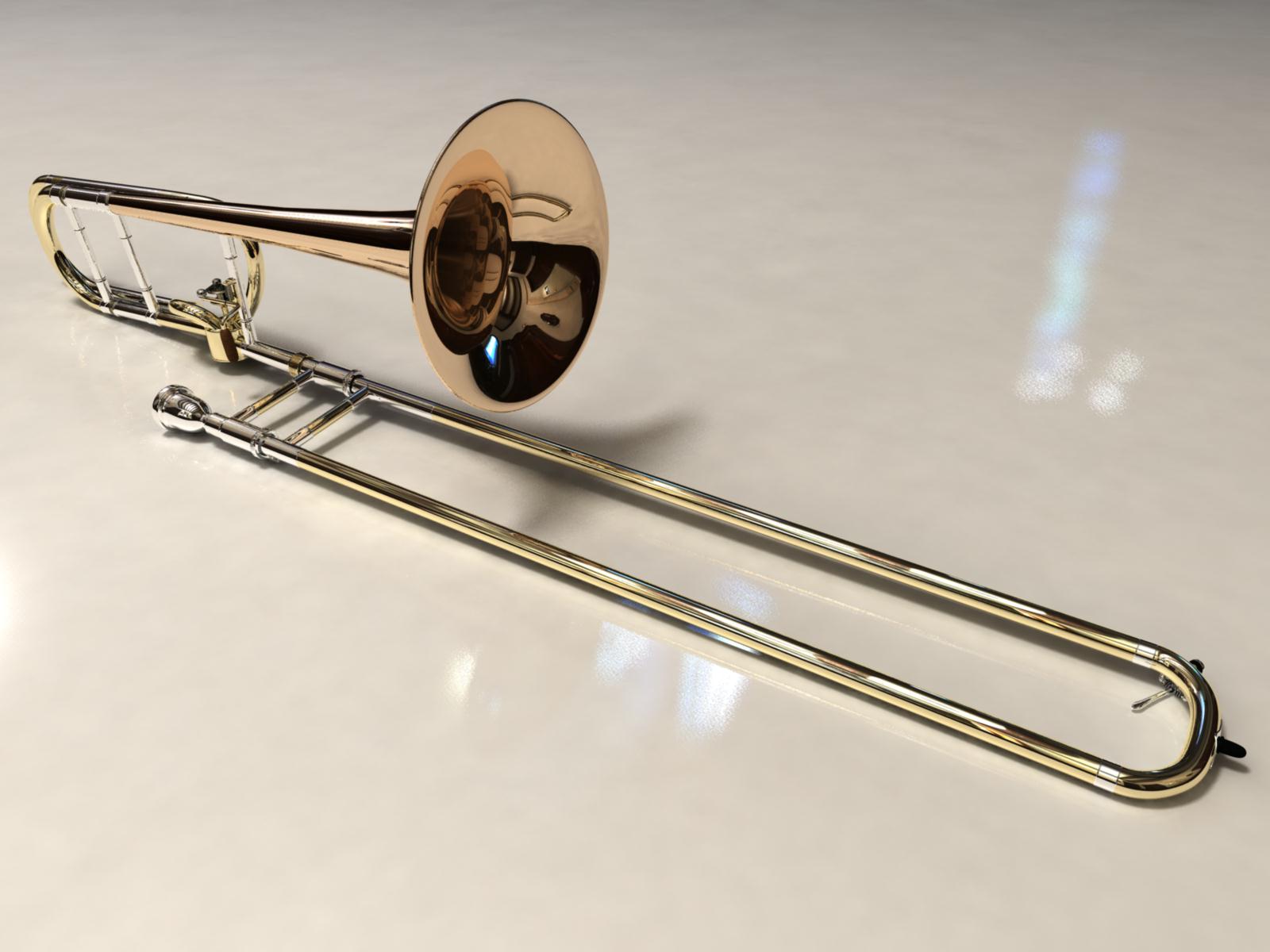 |
The trombone is a musical instrument in the brass family. Like all brass instruments, sound is produced when the player's vibrating lips (embouchure) cause the air column inside the instrument to vibrate. Nearly all trombones have a telescoping slide mechanism that varies the length of the instrument to change the pitch. |
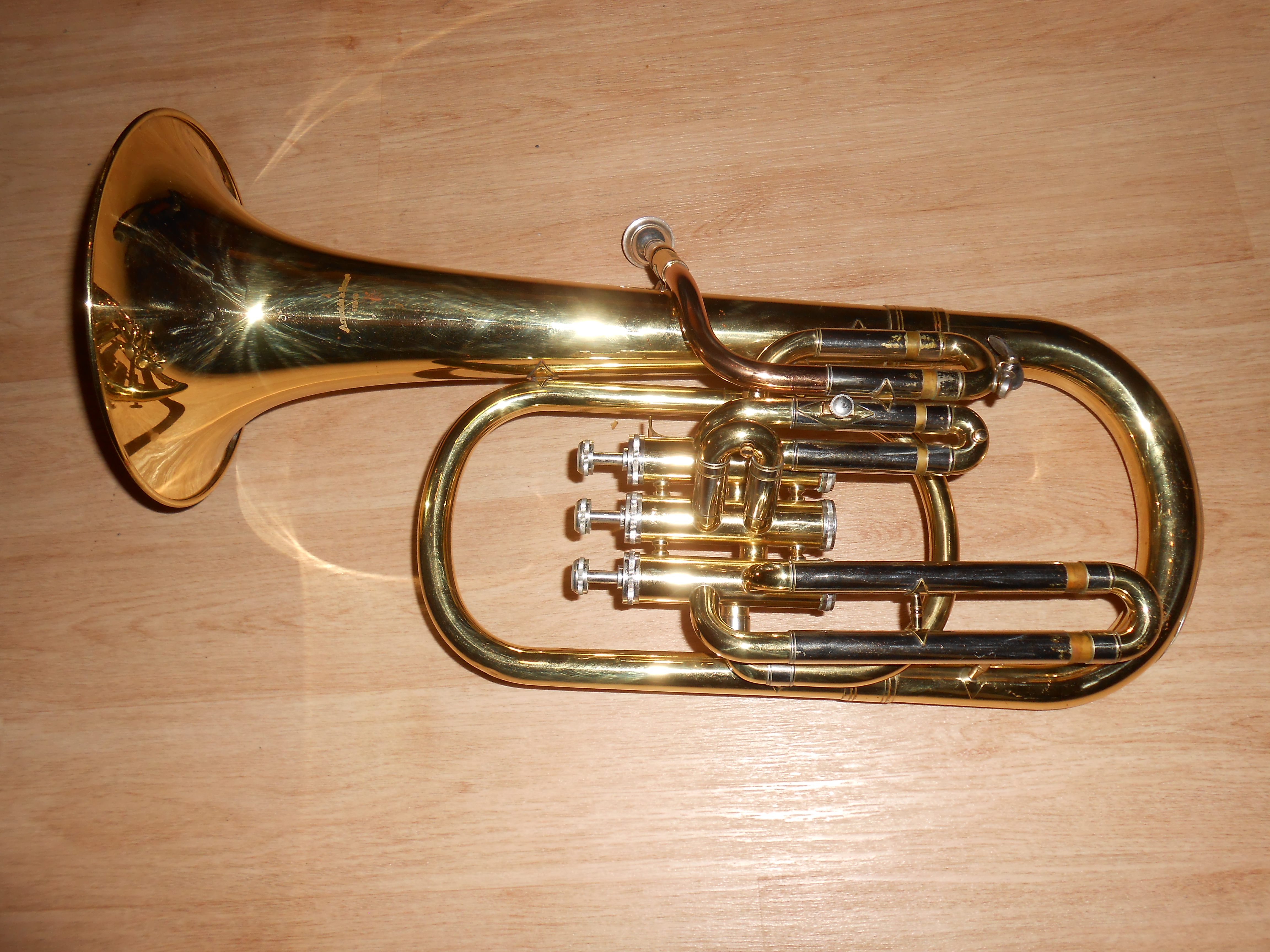 |
The Eb horn is a brass instrument in the saxhorn family, and is usually pitched in Eb. It has a bore that is mostly conical, like the flugelhorn and baritone horn, and normally uses a deep, cornet-like mouthpiece. |
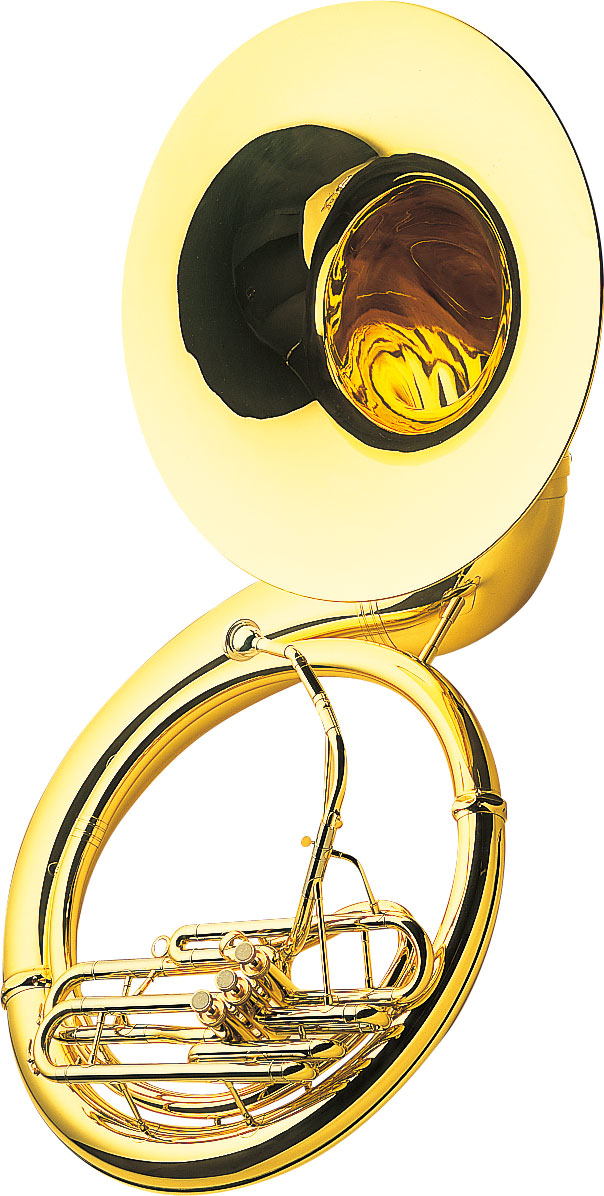 |
The sousaphone is a brass instrument in the same family as the more widely known tuba. Created around 1893 by J.W. Pepper at the direction of American bandleader John Philip Sousa (whom the instrument was then named after), it was designed to be easier to play than the concert tuba while standing or marching, as well as to carry the sound of the instrument above the heads of the band. |
Where is Banda music from?
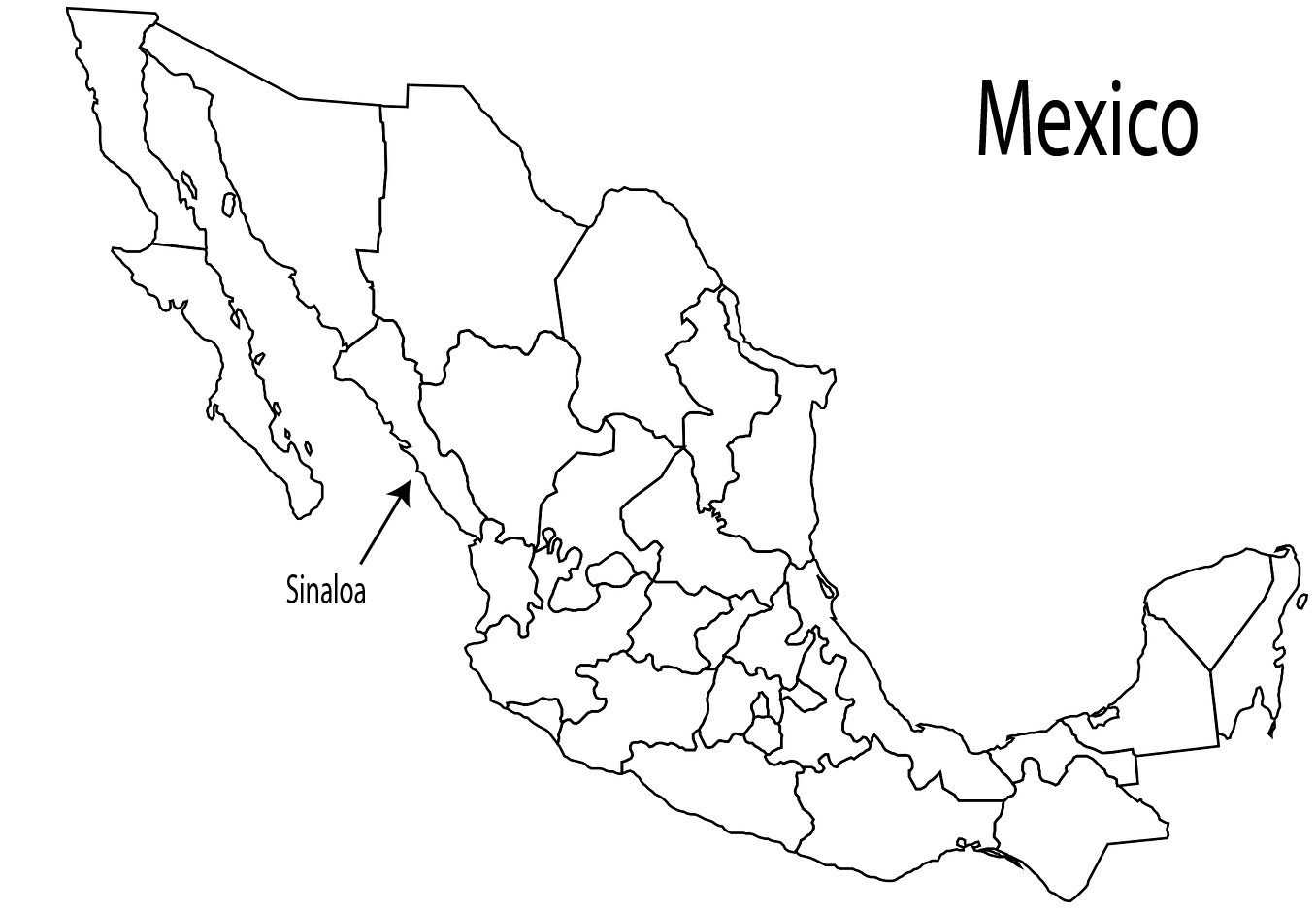
Banda music is native to the Mexican state of Sinaloa.
Famous Banda Music Groups
- Banda El Recodo
- Banda Machos
| 7 |
Marimba Band
The Marimba Band is an ensemble specialized in folk music of traditional marimba. It consists of marimba, double bass and drums.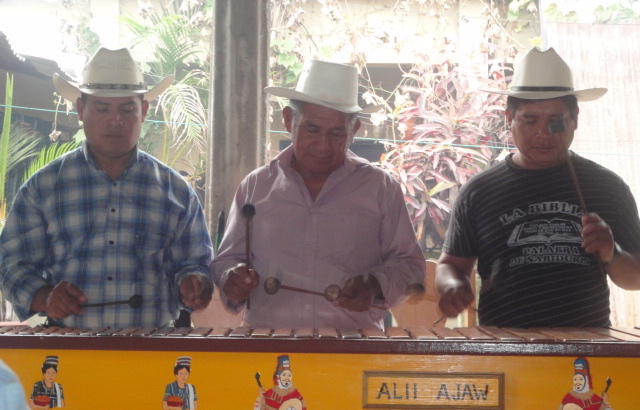
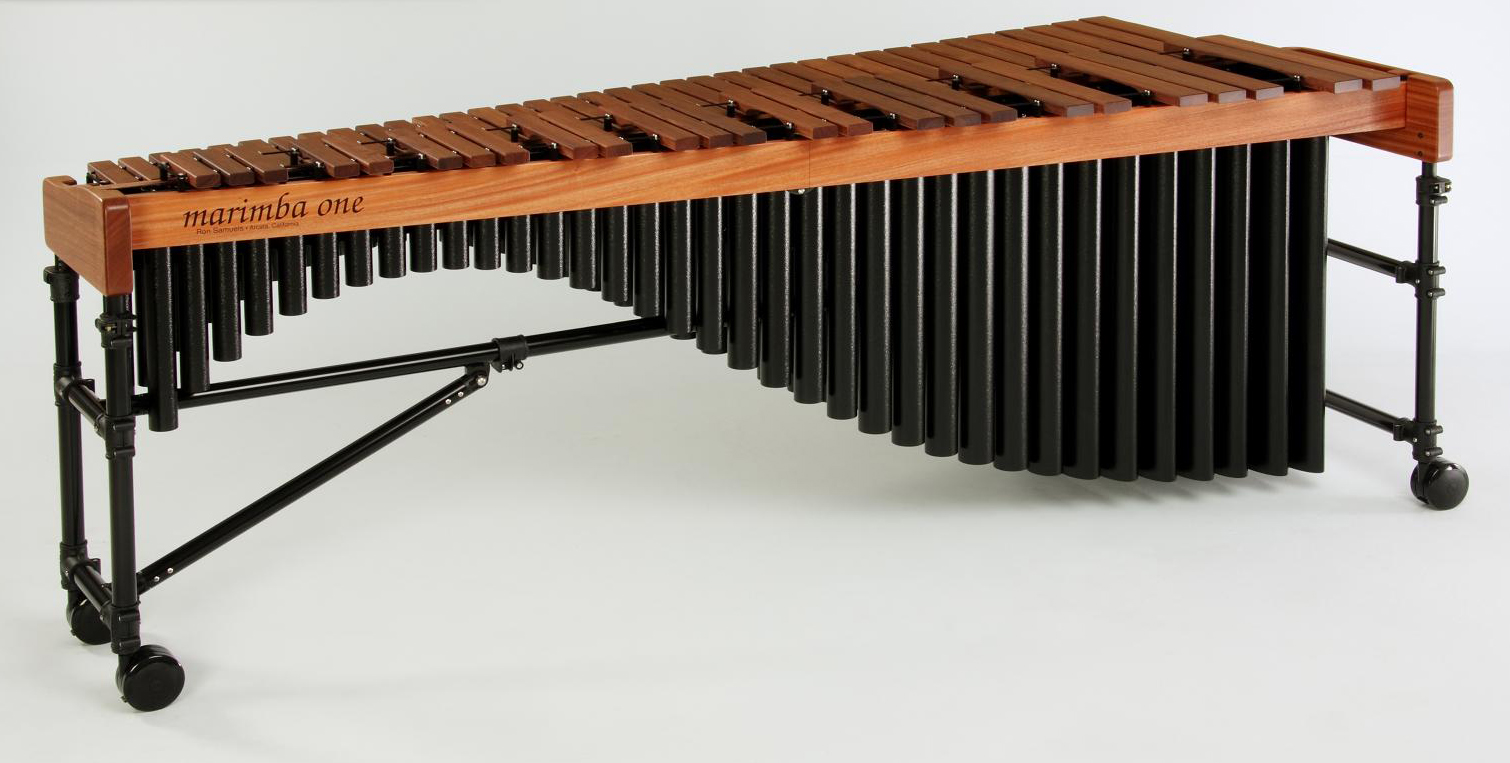 |
The marimba is a percussion instrument consisting of a set of wooden bars struck with mallets to produce musical tones. Resonators suspended underneath the bars amplify their sound. The bars of a chromatic marimba are arranged like the keys of a piano. |
Where is Marimba band music from?
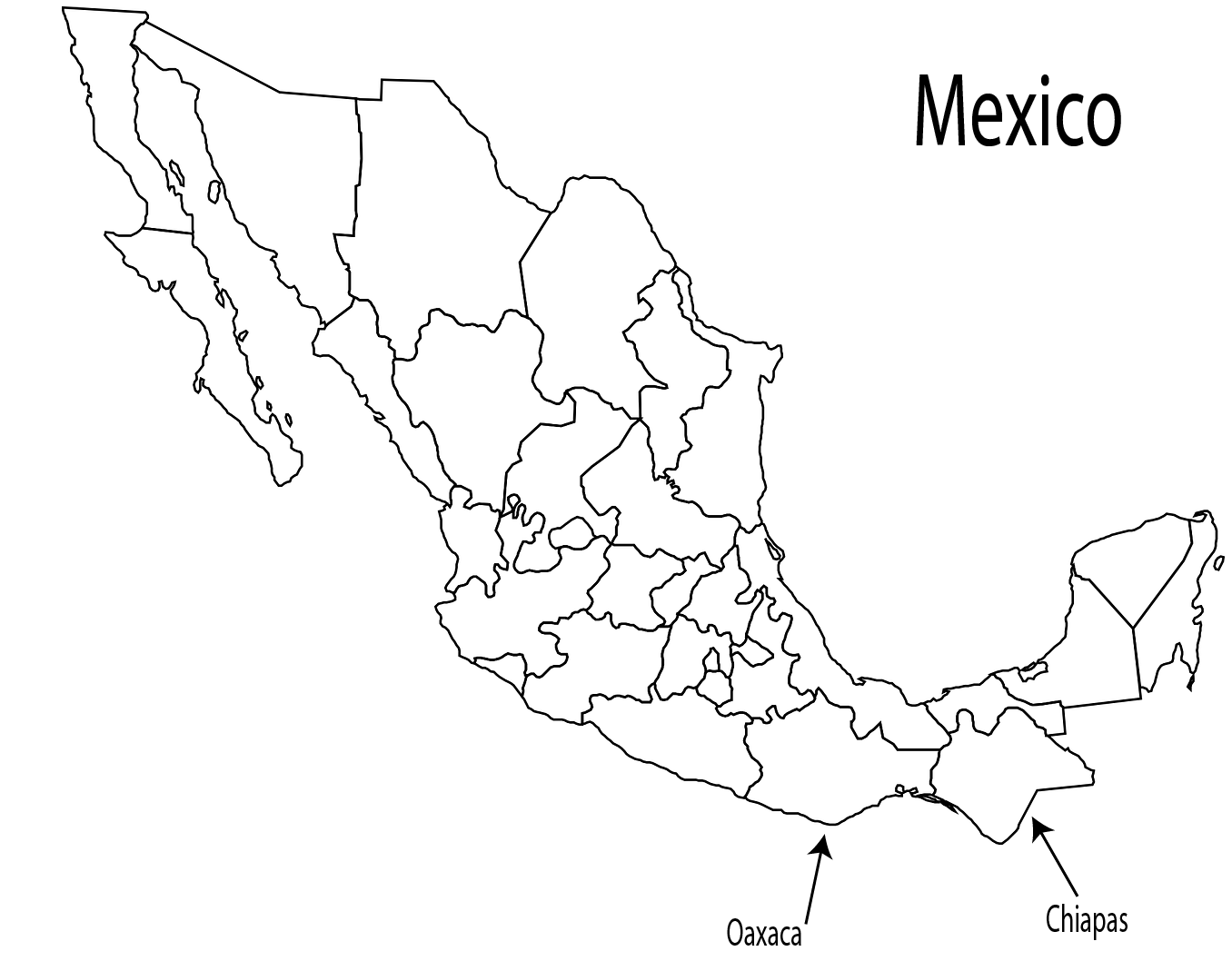
Marimba band music is native to the Mexican states of Chipas and Oaxaca.
Famous Marimba Groups
- Brisas Del Grijalba
| 8 |
Trío Romántico
A trío romántico is a group of vocalists-guitarists, with origins in Hispanic America, that performs romantic songs, based on rhythms like bolero, vals and pasillo, mostly.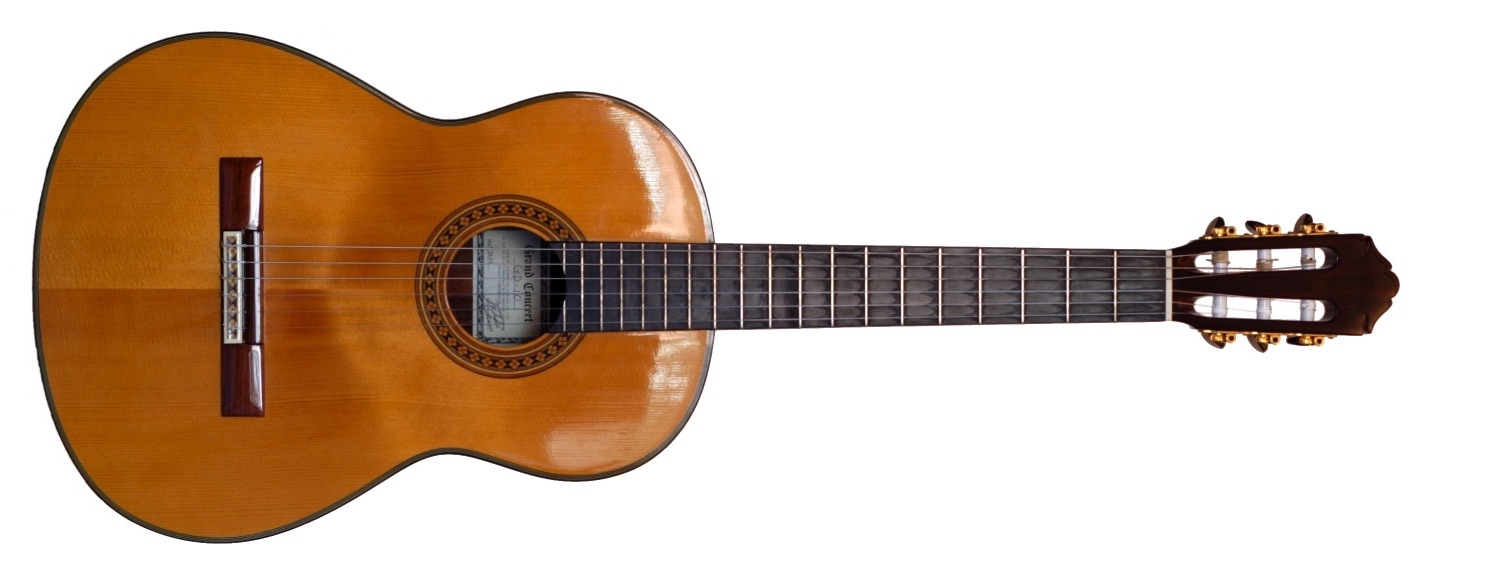
Trío Romántico Instruments
 |
The requinto guitar has six nylon strings and is about 18% smaller than a standard guitar scale. |
 |
The bajo sexto is a Mexican string instrument with 12 strings in 6 double courses. In playing, the left hand holds the strings against frets on a fingerboard, while the right hand plucks the strings. When played in older styles of music where the instrument assumes the role of a bass, the strings are usually plucked with the fingers. In modern chordal and melodic styles, a pick is frequently used. |
 |
The guitar is a six stringed instrument and is part of the armonia family in the mariachi. It plays the rhythms of the mariachi in different patterns. Strings on a guitar are: E, A, D, G, B, and E. |
Famous Trio Romanticas Groups
- Trio Los Panchos
- Trio Los Dandy Gema
| 9 |
Duranguense
Duranguense is closely related to the Mexican styles of banda and norteño. The main instruments, which are held over from banda, are the saxophone, trombone, and bass drum. However, what sets the duranguense ensemble apart from banda is the addition of synthesizers to play both melodies and the tuba bassline.Duranguense Instruments
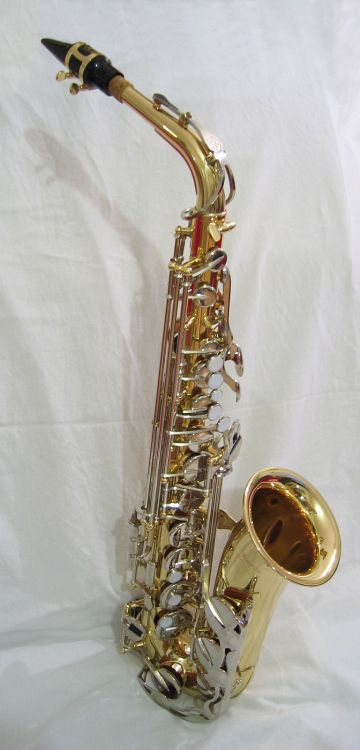 |
The saxophone s a family of woodwind instruments. Saxophones are usually made of brass and played with a single-reed mouthpiece similar to that of the clarinet. Like the clarinet, saxophones have holes in the instrument which the player closes using a system of key mechanisms. When the player presses a key, a pad either covers a hole or lifts off a hole, lowering or raising the pitch, respectively. |
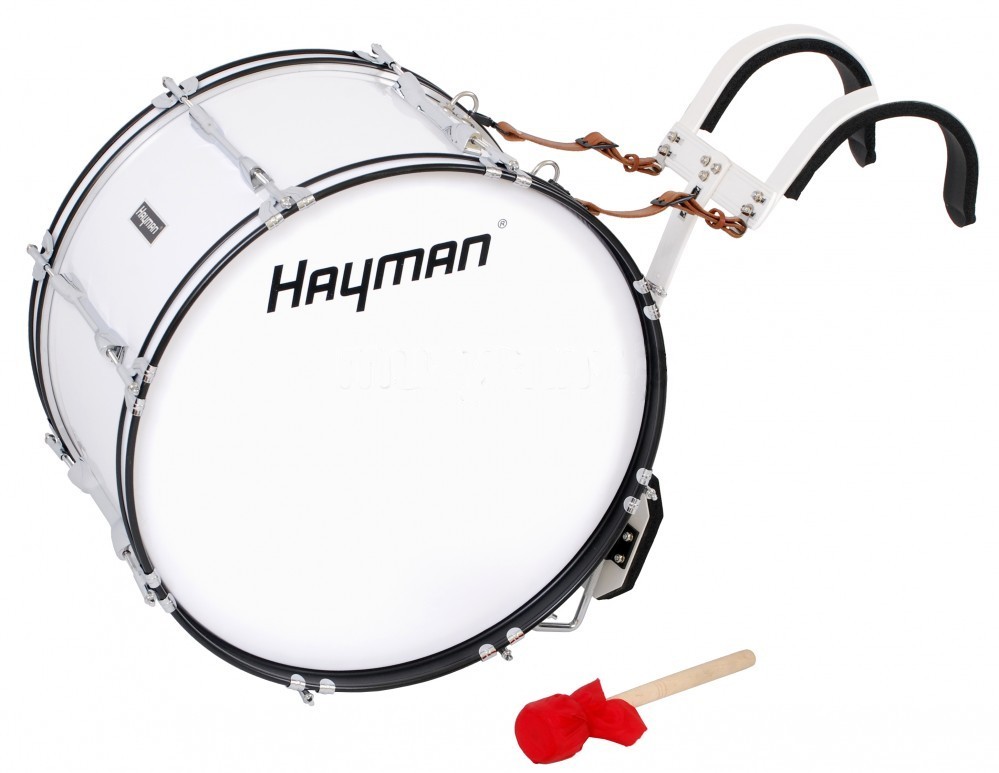 |
The bass drum or kick drum, is a large drum that produces a note of low definite or indefinite pitch. Bass drums are percussion instruments and vary in size and are used in several musical genres. |
 |
The trombone is a musical instrument in the brass family. Like all brass instruments, sound is produced when the player's vibrating lips (embouchure) cause the air column inside the instrument to vibrate. Nearly all trombones have a telescoping slide mechanism that varies the length of the instrument to change the pitch. |
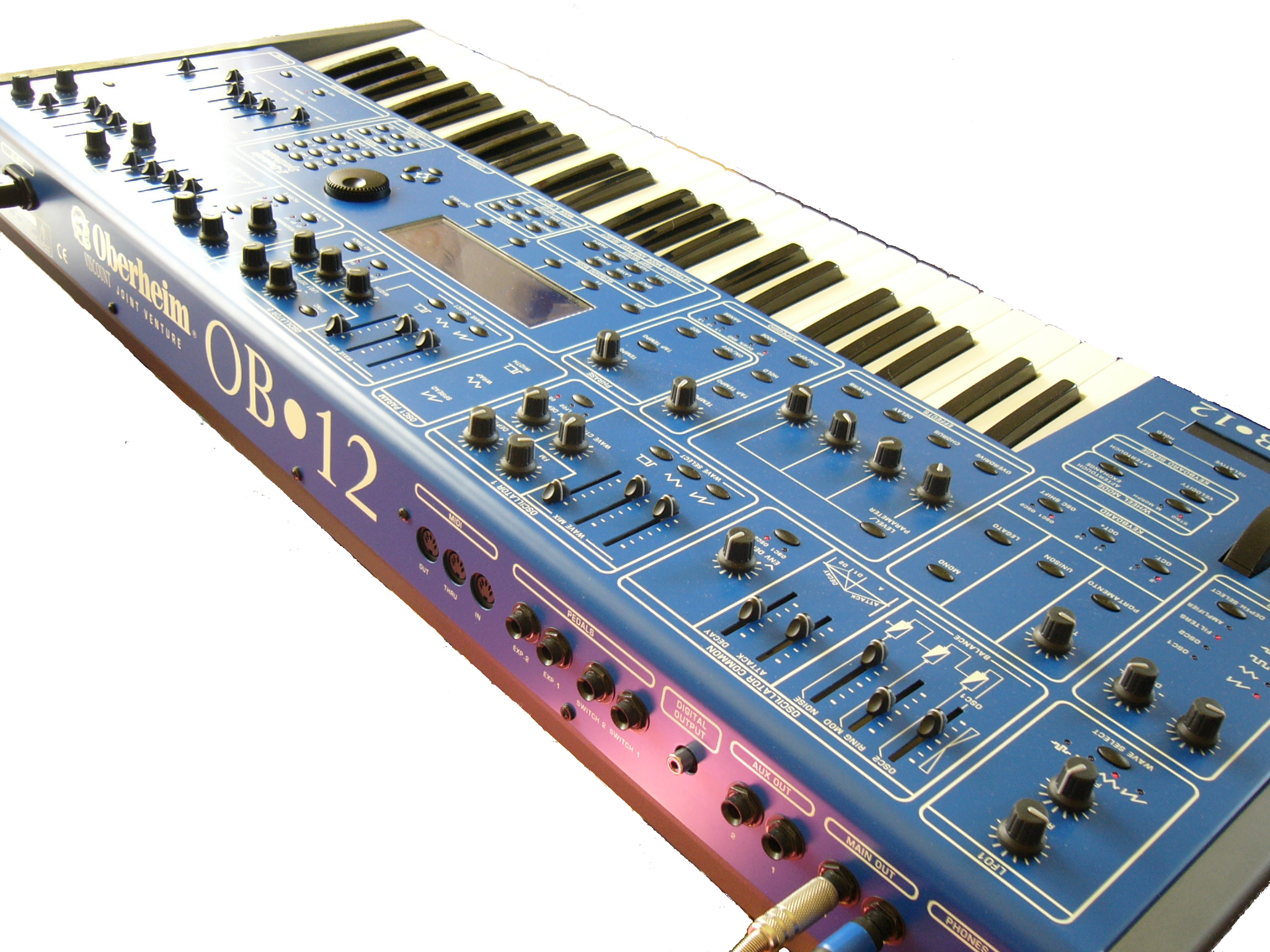 |
The synthesizer is an electronic musical instrument that generates electric signals that are converted to sound through instrument amplifiers and loudspeakers or headphones. |
Where is Duranguense music from?
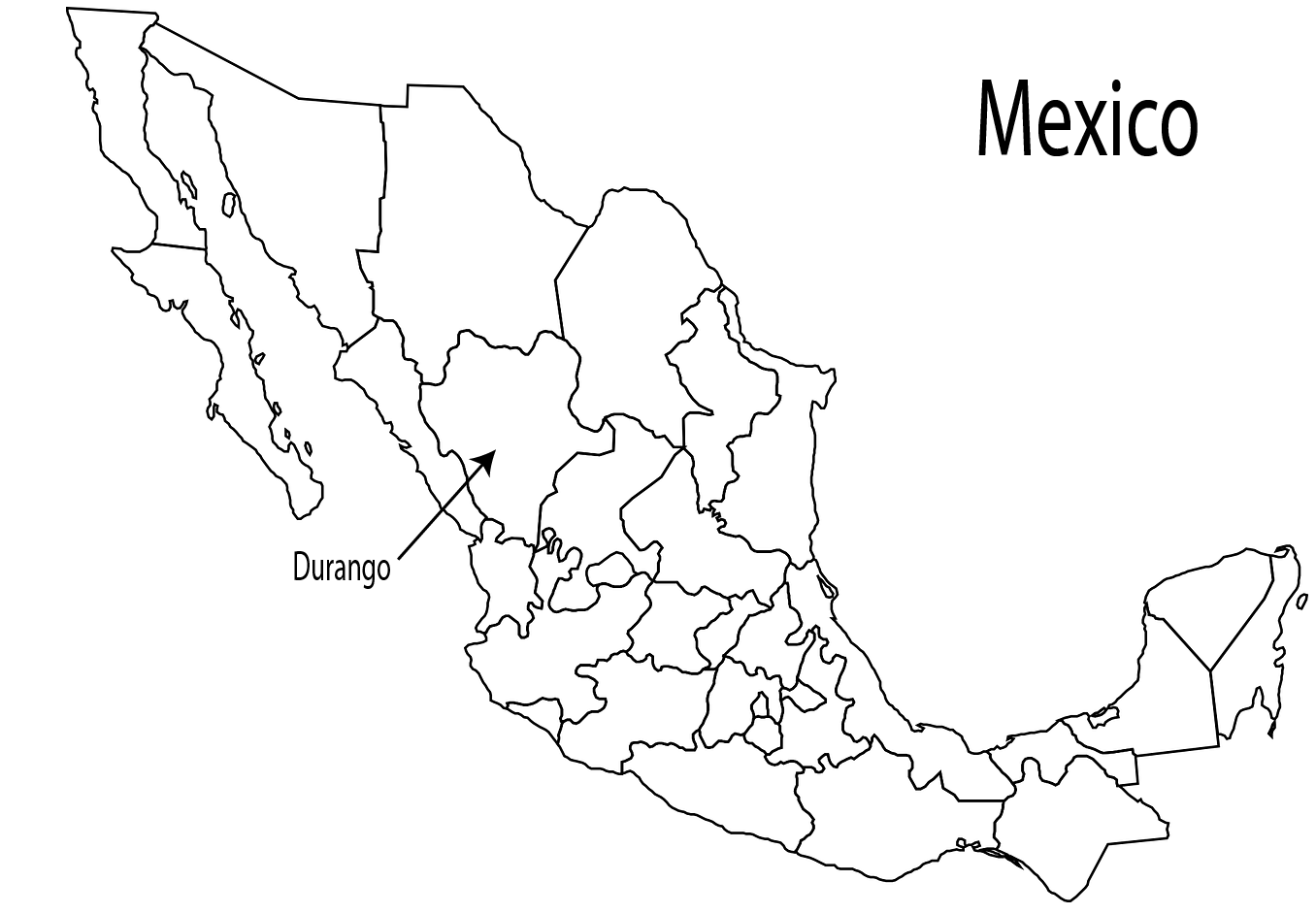
Duranguense music is native to the Mexican state of Durango.
Famous Duranguense Groups
- Conjunto Atardecer
| 10 |
About the Educator
Ramon Rivera
Mariachi Director, Wenatchee High School
From handwritten thank you notes from parents and students to being honored by the White House, Ramon Rivera has been recognized as being an innovative leader and pioneer in cultural arts and has received numerous awards and accolades during his teaching career. In 2001, he was featured in the Los Angeles Times article “Oxnard Mariachi Music Teacher Help Youth Discover Roots”. Later, he received the 2003 “El Concillo Del Condado de Ventura Latino Leadership Award for Cultural Arts” and the “Mexican American Political Forum of Ventura County Diego de Barboza Musical Excellence Award”.
After earning his Bachelor of Arts Degree at California State University in 2003, Mr. Rivera began teaching music full time in Southern California where he began several mariachi programs in Oxnard, Ca. He has since moved to North Central Washington where he is currently the Wenatchee School District’s Mariachi Program Director, overseeing 14 classes district-wide with a total enrollment of about 300 students. Mr. Rivera also teaches mariachi full-time at Wenatchee High & Pioneer Middle School. In 2009, Mr. Rivera received the “Torch-Bearer World Harmony Award” and “Human & Civil Rights Award” from the Washington Education Association. In 2007, he received the Numerica School Champion Award given to one teacher whose students believe “goes above and beyond”. Mr. Rivera has been given the Outstanding Educator of the year from the Fiesta Mexicana’s of Wenatchee. Under his direction, in 2012 the Mariachi Program was named recipient of the Washington State Golden Apple Award by KCTS 9 Seattle, and in 2014 was recipient of the Jefferson Award — the highest award for public service in the state — because he “inspires kids to stay in school…inspires their dreams and their thirst for education.”
